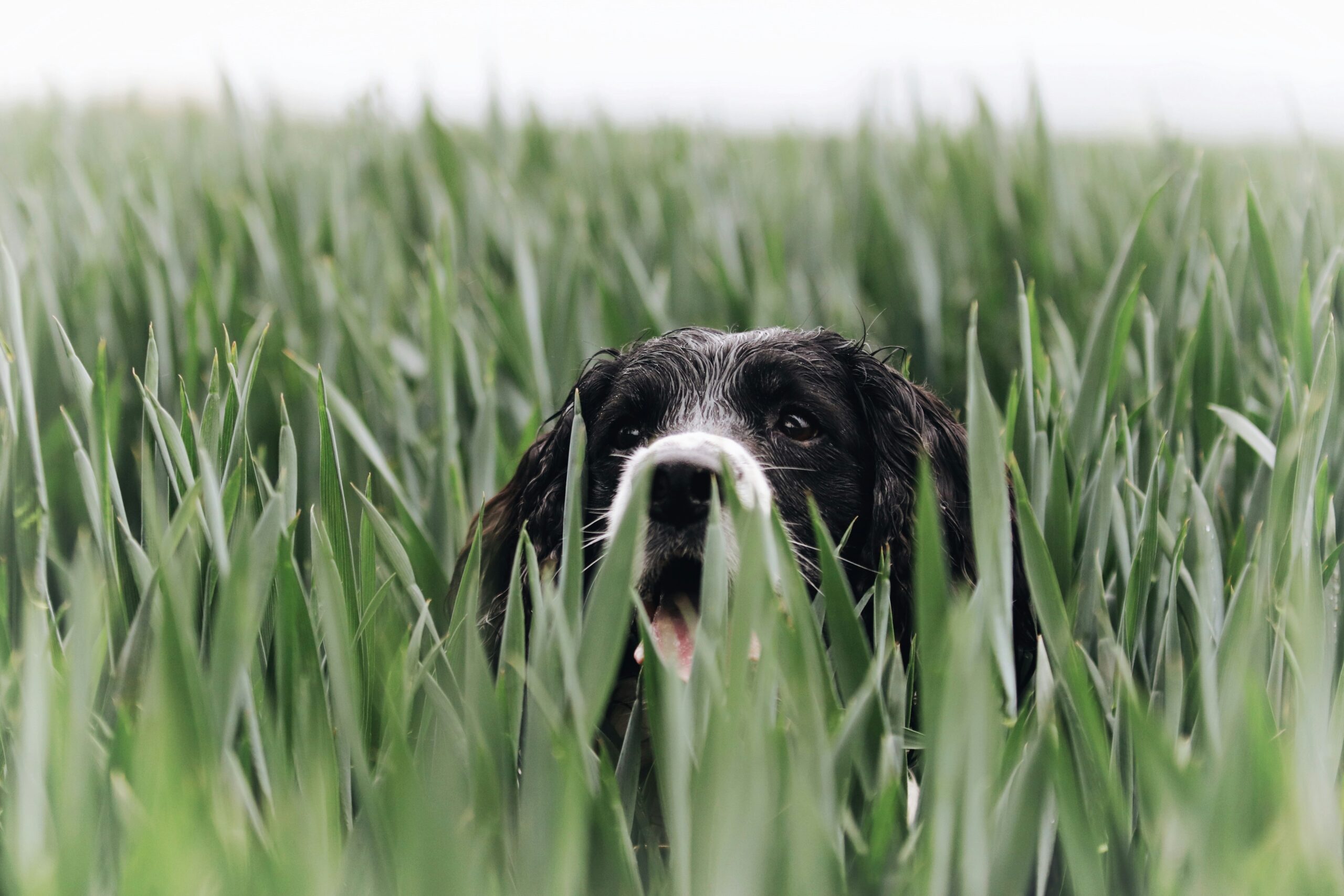Picture this: You come home after a long day, and your hunting dog greets you with his tail wagging—but his energy is faltering. Could it be because his food isn’t fueling his high-performance lifestyle? If you’ve ever scratched your head wondering how to keep your canine athlete at peak performance, you’re in the right place.
In this post, we’ll dig into the role of protein-based flavor profiles in specialized pet food for hunting dogs. Spoiler alert: It’s about more than taste. You’ll learn why protein matters, how to decode labels, and what options are out there. We’ll also cover real-life examples, FAQs, and—just for fun—a terrible tip that almost tanked my research (oops).
Table of Contents
- Key Takeaways
- Why Protein Matters for Your Hunting Dog
- How to Choose the Right Protein-Based Food
- Best Practices for Feeding Hunting Dogs
- Real-Life Success Stories
- FAQs About Protein-Based Flavors
Key Takeaways
- Hunting dogs need high-quality proteins tailored to their active lifestyles.
- Protein-based flavor profiles can enhance palatability while delivering essential nutrients.
- Choosing foods rich in meat-specific proteins ensures better digestion and stamina.
- Mistakes like generic formulas can cost energy and health over time.
Why Does Protein Matter for Your Hunting Dog?
Your hunting dog isn’t just another pup lounging on the couch—they’re athletes who rely on top-tier nutrition. Without enough protein, they might suffer from muscle loss, sluggishness, or even poor recovery after intense physical activity. Let’s break it down:

- Muscle Maintenance: Protein builds and repairs tissues damaged during strenuous activities.
- Energy Source: High-quality proteins convert into sustained energy, unlike carbs that spike and crash.
- Taste Appeal: Protein-rich ingredients like chicken, beef, and venison create irresistible flavors that keep your picky eater coming back.
Did you know that studies show most hunting breeds require at least 25% crude protein in their diets? Yep, those lazy chihuahuas aren’t setting any records here!
But wait—there’s more. Using crappy filler-laden kibble is like feeding your Ferrari unleaded gas instead of premium. (Yes, I’m calling your four-legged companion a Ferrari, roll with it.)
How Do You Pick the Best Protein-Based Food for Hunting Dogs?
Step 1: Decode the Label Like a Pro
Optimist You: “Labels are straightforward; just look for ‘chicken’!”
Grumpy Me: *Sigh.* Oh, honey. Some brands slap fancy terms like “meat by-products” or “animal digest” on bags without actually including whole proteins.
Here’s what to watch for:
- Primary Ingredient: Look for named meats as the first ingredient (e.g., “deboned turkey,” not vague “poultry meal”).
- No Fillers: Avoid corn, wheat, soy, and artificial additives like propylene glycol.
- Name Games: “Flavored” doesn’t mean real meat—it often refers to synthetic flavor enhancers.
Step 2: Prioritize Meat-Specific Proteins
Different proteins offer distinct benefits:
- Beef: Rich in iron and B-vitamins, great for stamina.
- Chicken: Lean yet packed with amino acids.
- Venison: Novel protein source, ideal for sensitive tummies.
Pro Tip: Rotate between different protein-based recipes to avoid allergies and boredom.
Best Practices for Fueling Your Athletic Furry Friend
#1 Don’t Fall for Marketing Hype

I almost bought a bag labeled “Ultra-Premium Beef Blend” once. Turns out, the main ingredient was rice flour. Lesson learned: Always read the fine print.
#2 Consider Digestibility
Not all proteins are created equal. For example:
- Eggs have a digestibility score of nearly 100%.
- Cow hooves, not so much.
#3 Keep Them Hydrated
High-protein diets demand extra hydration. Always provide fresh water alongside meals.
Real-Life Success Stories: From Couch Potato to Field Champ
Let me tell you about Max, a pointer mix whose owner switched to a venison-based formula. Within weeks, Max went from napping under the table to running circles around squirrels. His coat became shinier, his energy skyrocketed, and his vet gave two paws up.
And then there’s Daisy, a spaniel mix prone to digestive issues until her family found salmon-flavored kibble. Now she’s thriving—and bossing everyone around, as spaniels do.
Sounds like your pup could benefit, huh?
Frequently Asked Questions About Protein-Based Flavor Profiles
Q: Is grain-free always better?
Absolutely not! Grains aren’t evil unless your dog has specific sensitivities. Focus less on trends and more on quality proteins.
Q: Can I mix proteins?
Absolutely! Variety prevents nutritional gaps and keeps things exciting. Just transition slowly to avoid tummy troubles.
Q: What’s the worst thing I can feed my hunting dog?
Poorly sourced mystery meat blends with no transparency. Trust me—I tried one and regretted it hard.
Conclusion
Feeding your hunting dog food with optimized protein-based flavor profiles isn’t just smart—it’s critical. Whether you choose venison or chicken, make sure the formula meets their unique athletic needs. Remember: Good food = good hunts.
To recap:
- Prioritize whole, named proteins.
- Decode labels carefully.
- Stay hydrated, rotate proteins, and skip the gimmicks.
Like a vintage Game Boy, these tips won’t let you down if used consistently. Happy feeding, folks!
“Feed them well, train them strong,
Together you’ll both belong.”


